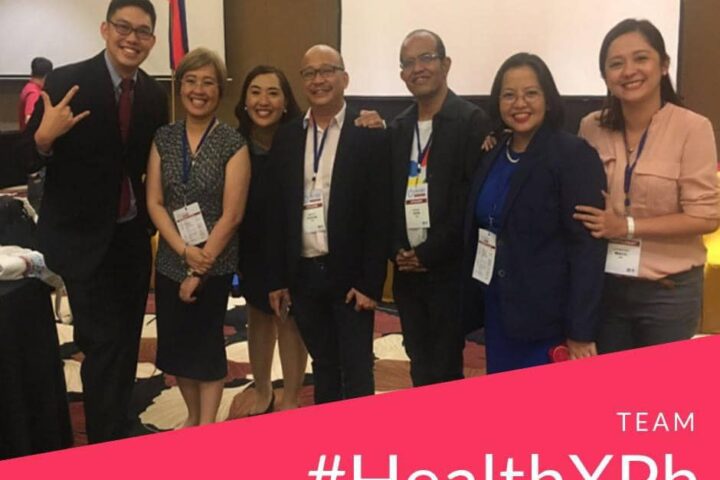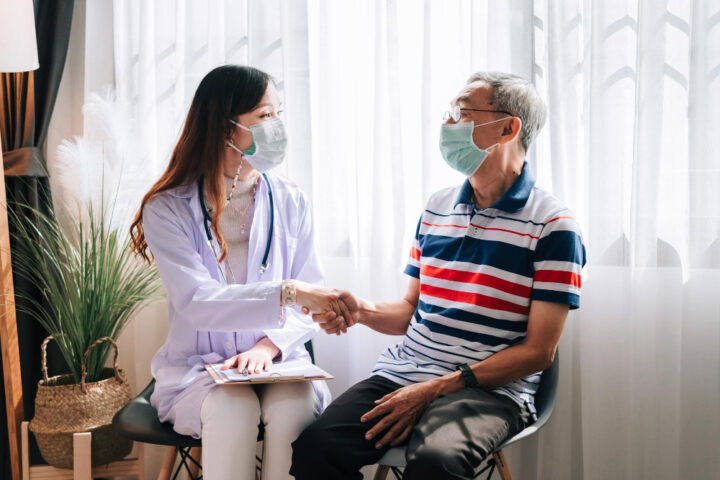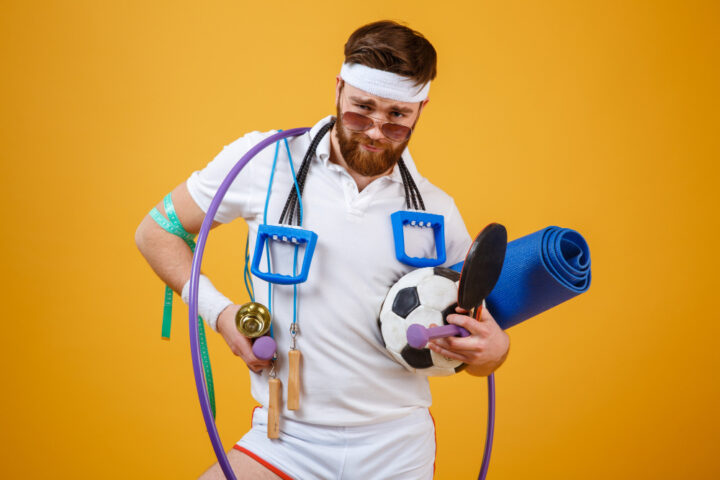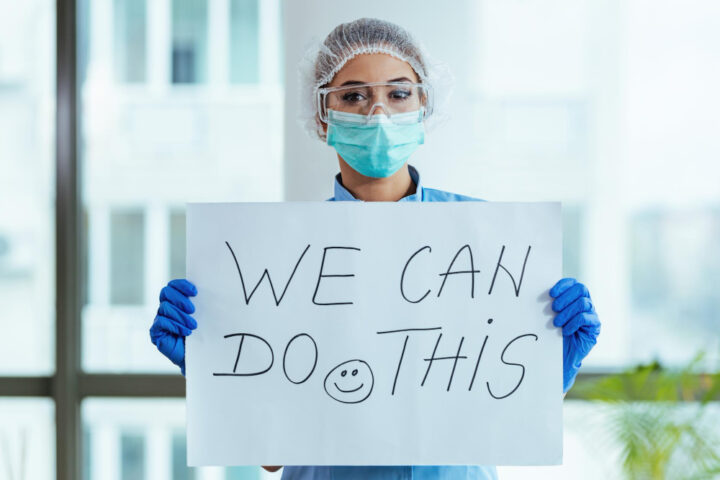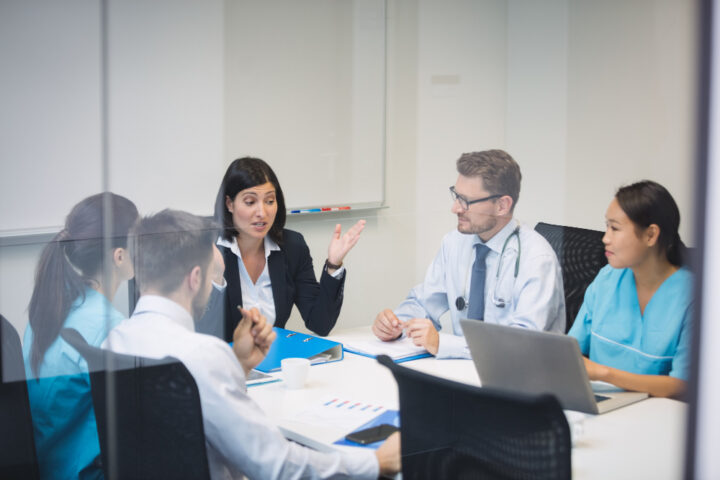Social media has been a “comfortable” space ever since I joined most of these platforms. This is not just because I’m comfortable with computers and the internet, but mainly because I tend to gravitate and collaborate with people that allow me to grow in this space. In other words, I felt psychologically safe to grow in some groups I am with in social media.
Two presidential elections and a pandemic drastically changed that “comfortable, safe” social media space. Sometimes, social media is so toxic I had to belabor curating my feed. Add to the difficulty is the changing algorithm of social media feeds, which is getting out of our control more than ever. Now I have to really do social media sabbaticals just to save my sanity from the milee.
I (and I guess a number of others) wanted at east to reclaim this safe space on social media. And we cannot do it alone. I remember my coach telling me, “if you want a safe space, make one for others first”. This is the topic of our #HealthXPh chat this Saturday June 11, 2022 9PM Manila time.
Psychological safety is defined as the
belief that one will not be punished or humiliated for speaking up with ideas, questions, concerns, or mistakes. A shared belief held by members of a team that the team is safe for interpersonal risk taking
-Edmonson 1999
Today we will be revisiting the safe and brave spaces #HealthXPH as well as other #HCSM group started for other healthcare professionals to grow their networks on social media. We would seek advice from our colleagues on social media how they did make “safe and brave’ spaces t grow on social media.
According to Clarke (2020) there are four stages of psychological safety in an environment- Inclusion Safety, Learner safety, Contributor safety and Challenger Safety. Let’s discuss how you can contribute to creating these stages of safe spaces.
T1. How can you promote inclusion safety on social media?
This stage simply meant all people in your social media group felt welcomed and included. I remember when we first formed #Healthxph, it was so informal and I felt very much welcomed even though we’re miles apart and very diverse persons at that. Some of us don’t know a thing about social media platforms. We included them first then helped them along the way. And we tried all platforms first to see what worked for all of us!
T2. How can you promote learner safety on social media?
Learner safety means “being able to ask questions, give and receive feedback, experiment, and make mistakes”. #HealthXPh is a very learning group. We assured each other we’ll help in everyone’s learning “the ropes” in social media. We have been doing this with our various summits and workshops since 2015. Here every time I speak in front of summit attendees, I often ask “what if I’m wrong”? One would answer, well we will know and learn together. Just go and do it”
T3. How can you promote Contributor safety on social media?
Contributor safety means “being able to participate as a member of the team, contribute ideas and suggestions, and raise threats and risks using members’ individual talents and abilities to contribute to the team without fear”. At #HealthXPh, each one contributes his or her best abilities. And even in areas where you have very minimal abilities, your contribution builds the overall program of the group. And since none were mainly an expert on everything in social media, we tried to contribute what we learned along our journey.
T4. How can you promote challenger safety on social media?
Challenger safety meant “being able to challenge the way the team works, come up with new ways of working, behaviours, and challenge the ideas of others – even the ideas of senior members” . We had some very controversial discussions at #HealthXPh, and even on twitter. We provide and hosted topics that were rather unpopular or divisive. #HealthXPh in some ways been able to diffuse the tension and made the discussion safe for everyone to contribute or challenge. This is what I later learned as increasing the ” academic tension but decreasing the social tension”. Social media feedbacking is very important here and we have tackled that in so many tweetchats before.
Psychologically safe space is the “underpinning of high performing teams, bringing out creativity and innovation in teams” says Amy Edmonson in Fearless Organization. In one recent workshop I attended I heard one speaker mention ‘bravespace” for safe space. Indeed, if in the last stage of Psychological safety meant we are “safe” to challenge status quo in social media, then “brave space” would be an apt term.
I am inviting you once again to join #HealthXPh tweetchat this Saturday June 11, 2022 9PM Manila time. See you all!

